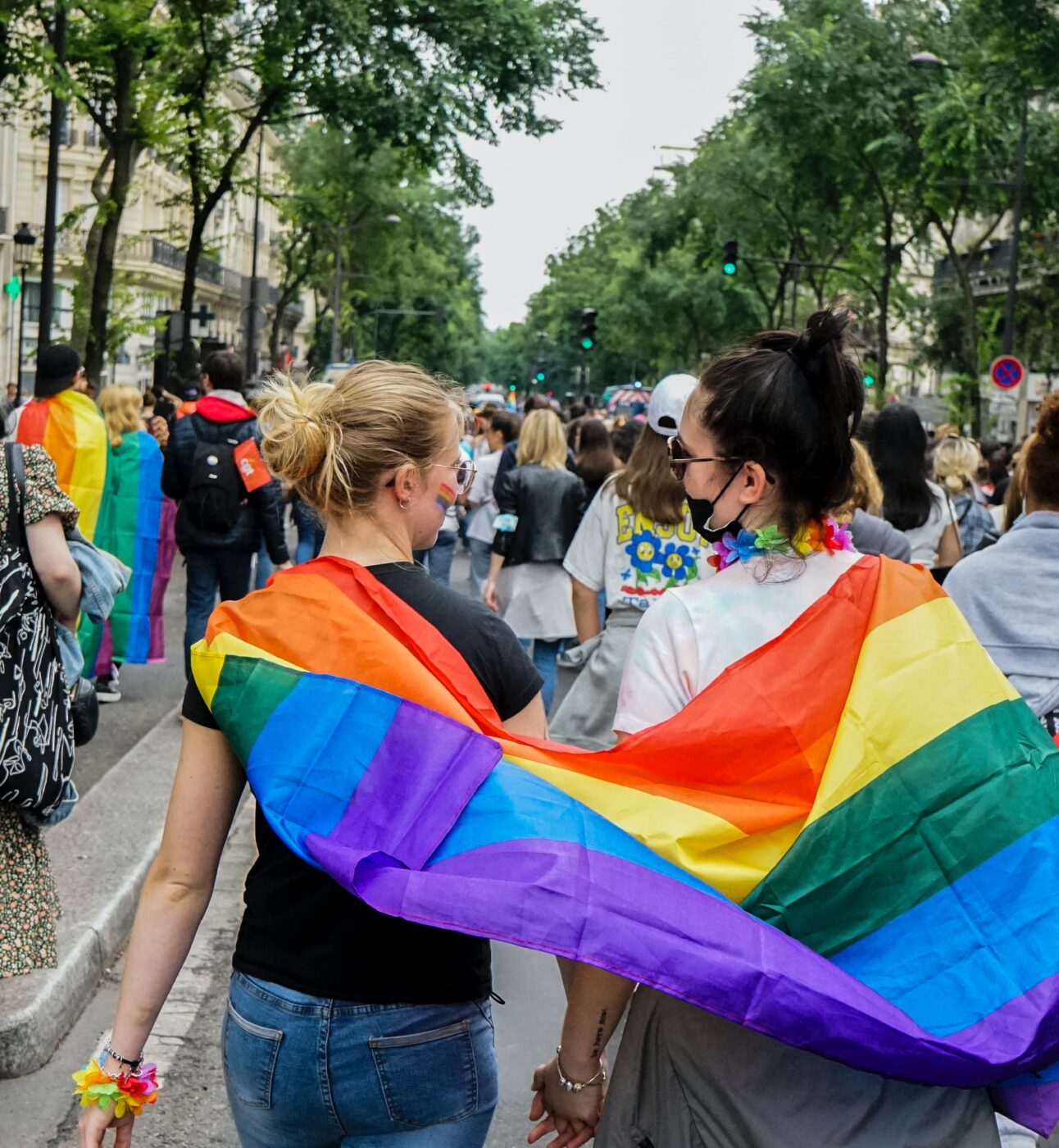
sheffield bisexual/pansexual social group
meet regularly in Sheffield city centre to form friendships and socialise amongst a likeminded community.
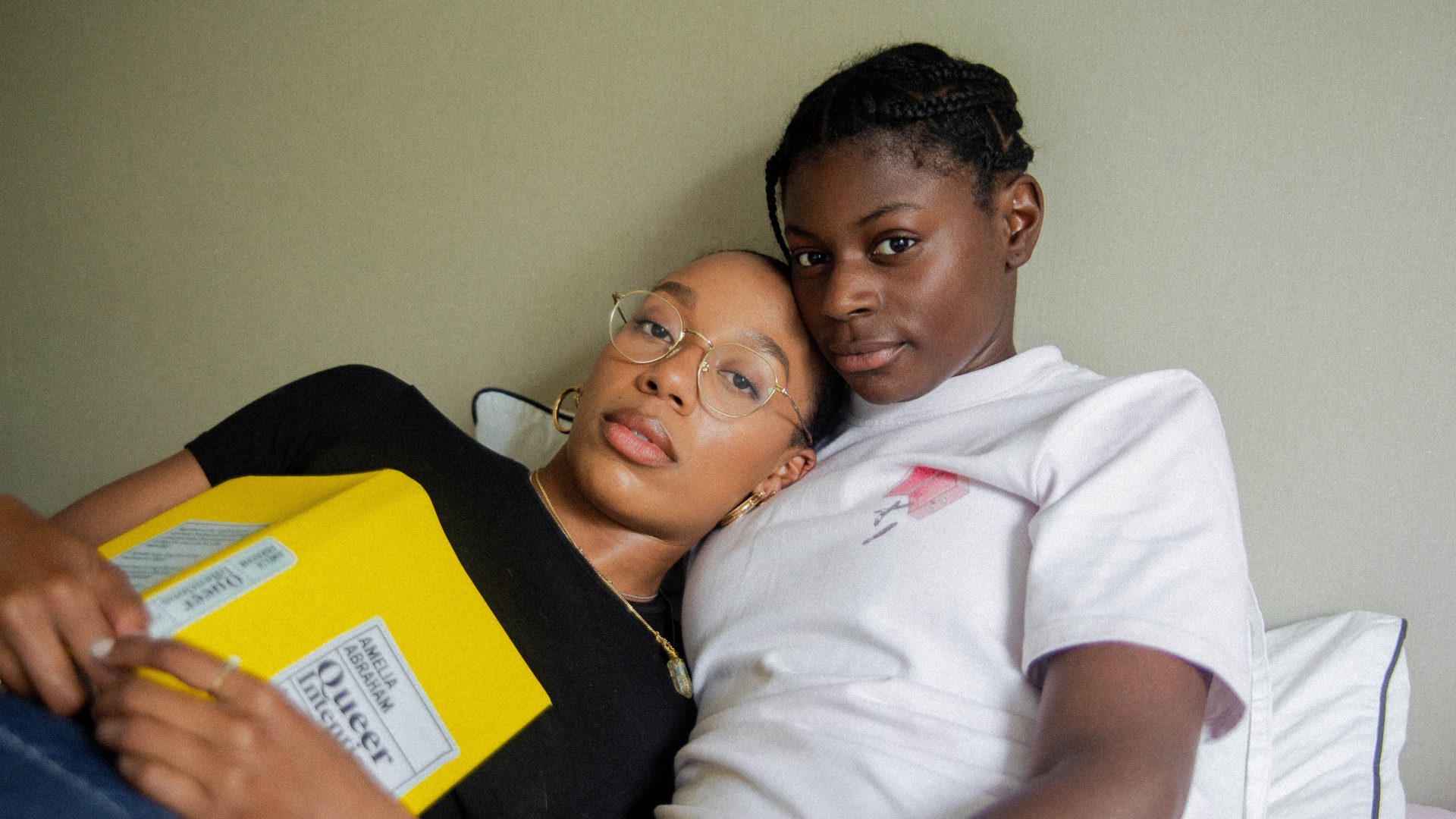
For Pansexual and Panromantic visibility day, we have created this resource for people who fall under the Pansexual and Panromantic umbrella.
We understand that pansexual people are sometimes left out of the conversation, so we would like to take the time to uplift pansexual and panromantic voices not just on this day, but all year round.
Those in the pansexual and panromantic community are attracted to people of all genders. Some pansexual and panromantic people might be gender-blind, meaning that gender is insignificant in determining their attraction.
Some people identify with being pansexual or panromantic rather than bisexual because they feel the word ‘bisexual’ has binary implications.

meet regularly in Sheffield city centre to form friendships and socialise amongst a likeminded community.
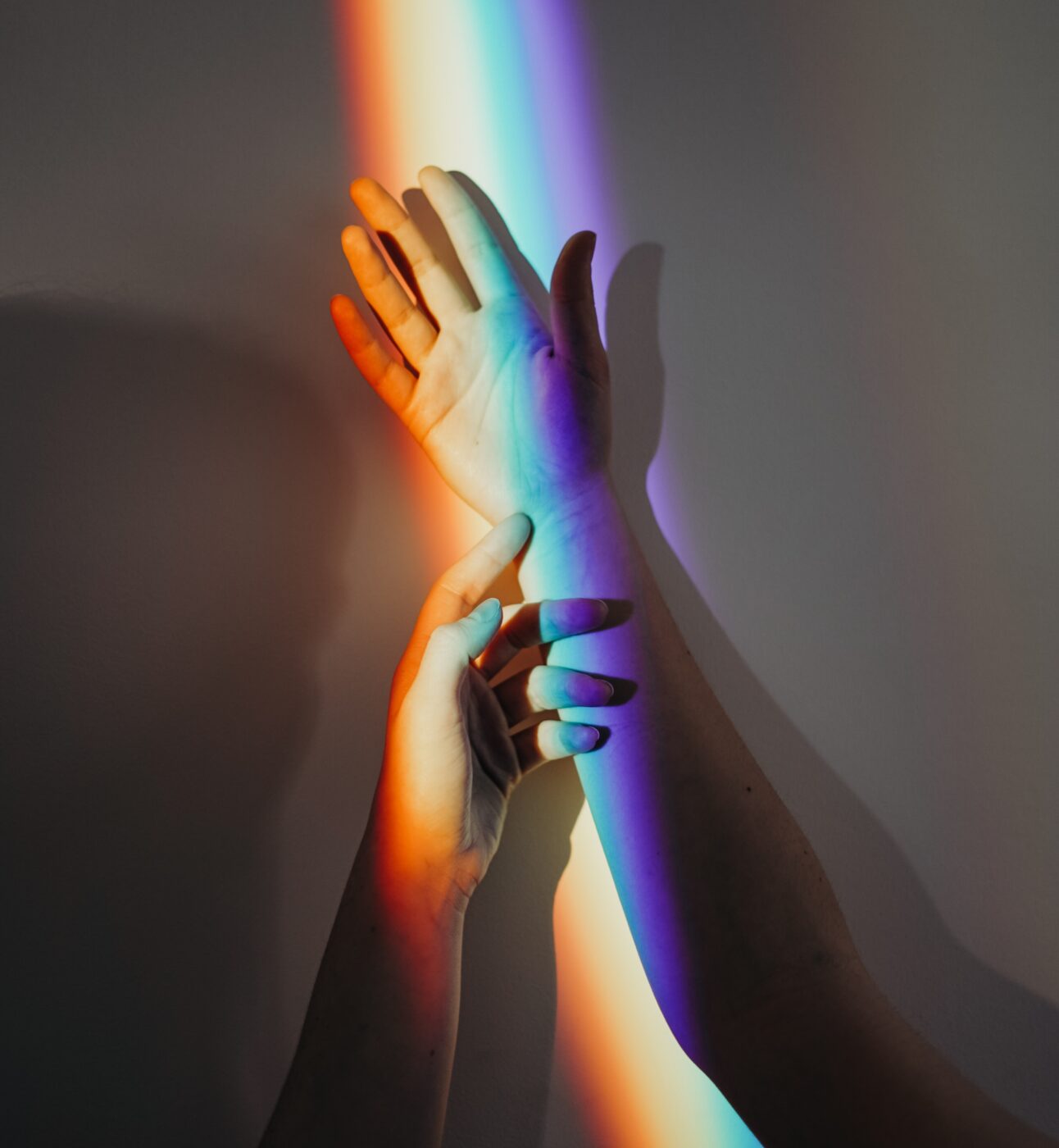
offer a resource that looks in depth at the history of pansexuality.
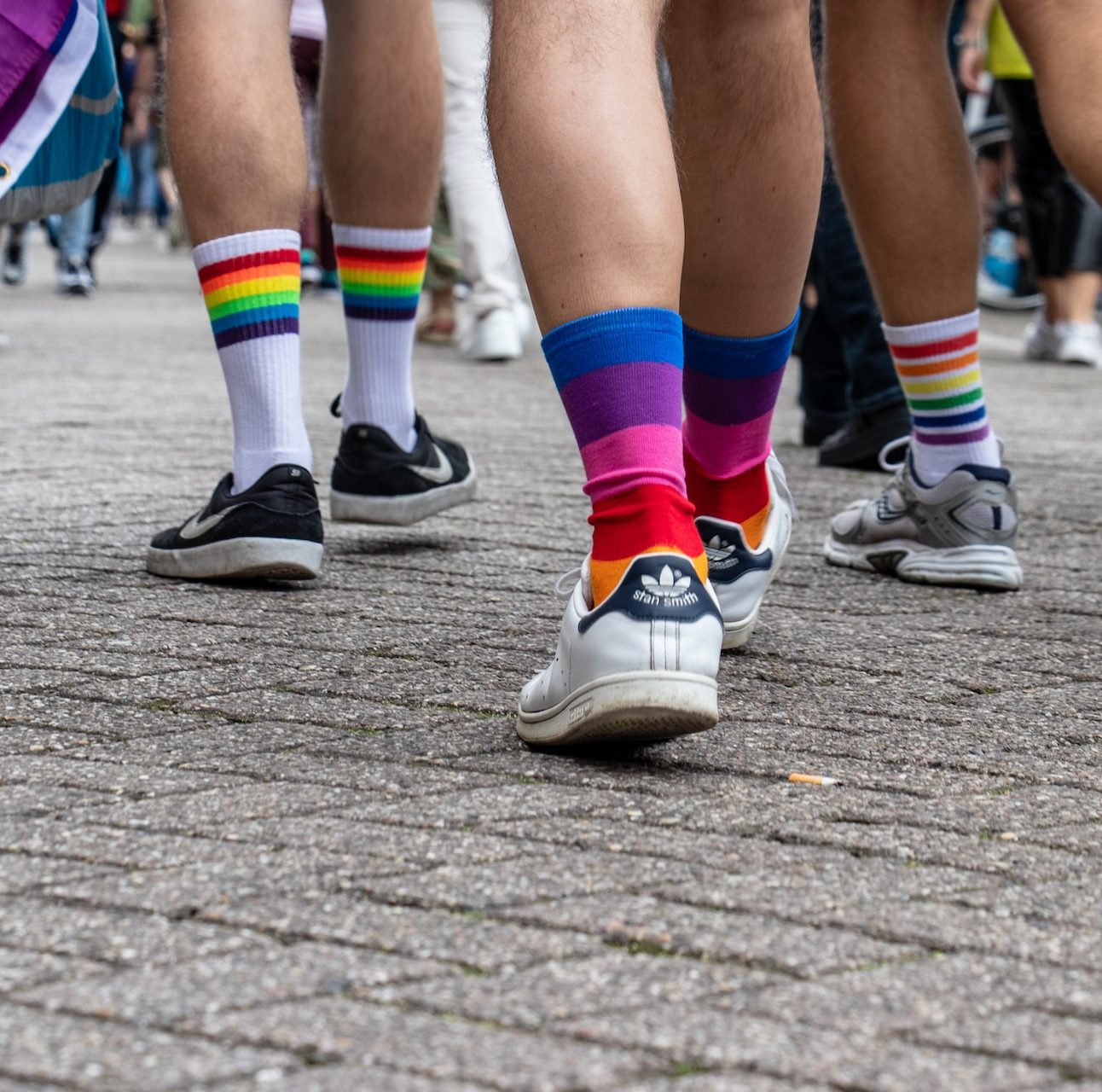
provide a safe space where bi+ people can make friends, access peer support and reduce any isolation they may experience. This group is inclusive and there for anyone who is attracted to more than one gender, no matter how they identify. This includes pansexual, omnisexual, polysexual, queer people and more.

are a bi+ advocacy group that works to support the bi+ community, including those who identify as pansexual. The group have a specific focus on offering support to women and those of other marginalised genders.
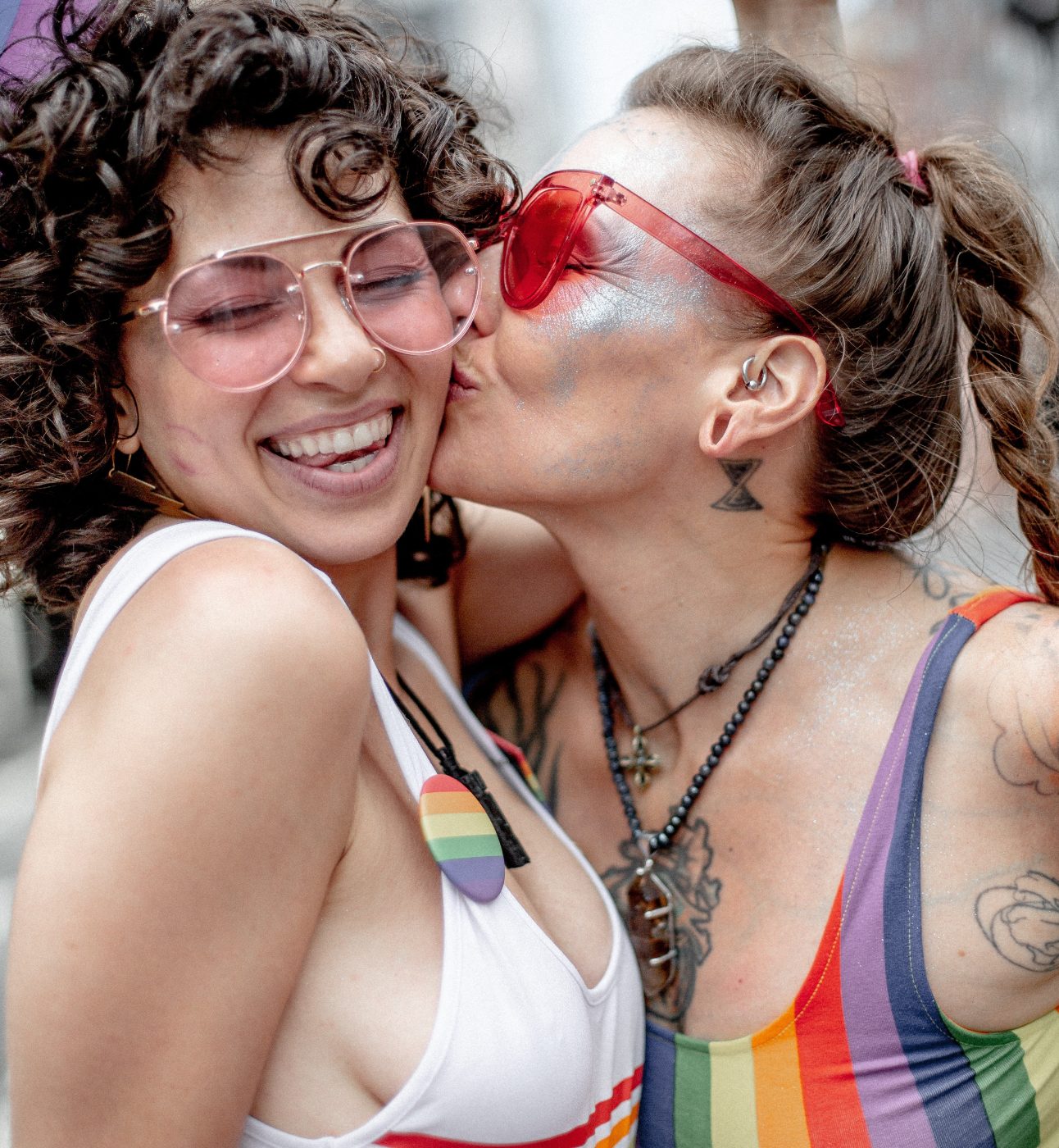
was formed in 2007. It exists to build a bi+ community in London by providing a safe space for anyone curious about/or identifying under the bi+ umbrella, including those who are pansexual, panromantic queer, omnisexual or otherwise under the multi-gender-attracted spectrum.
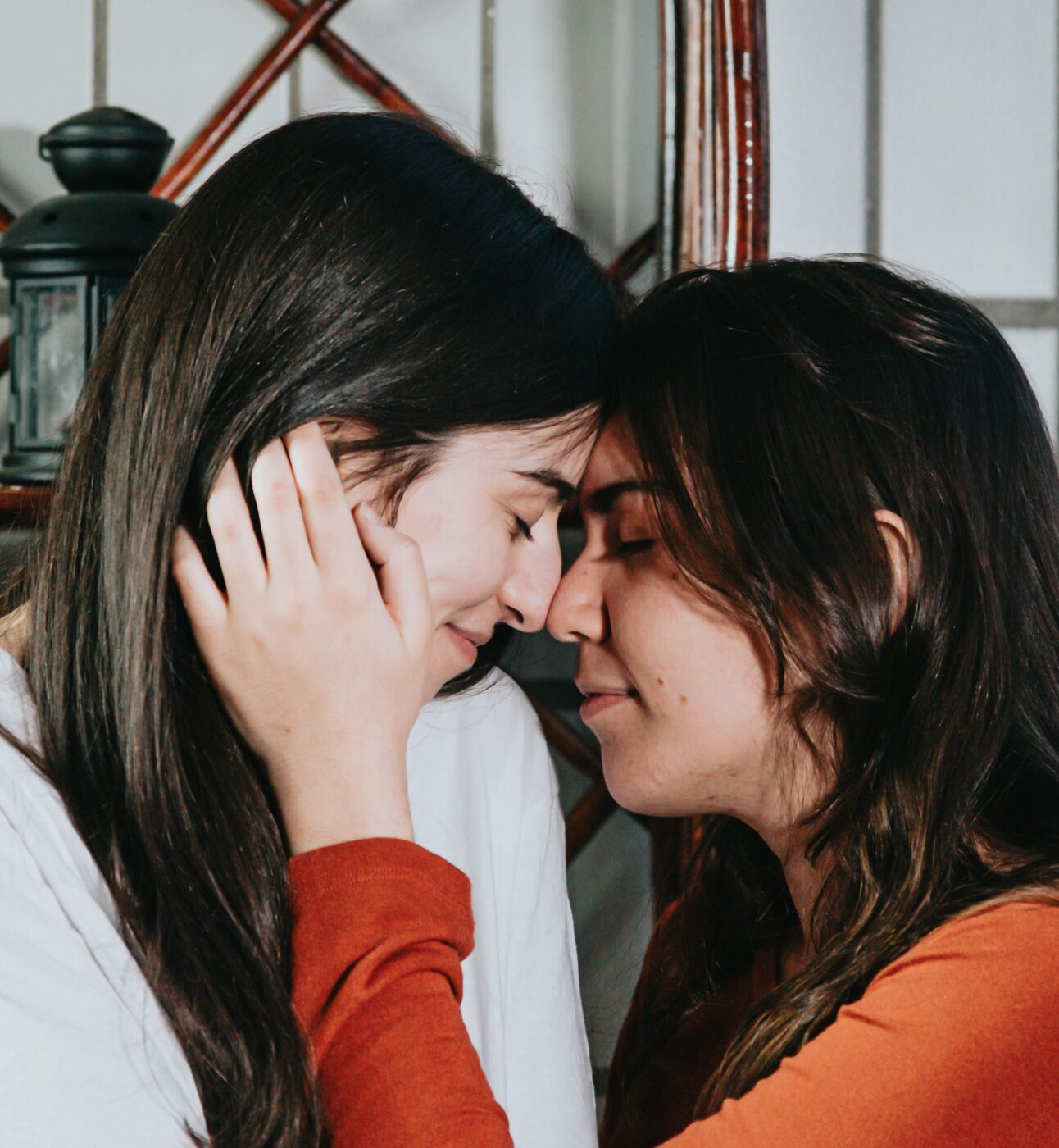
provide meet-ups in an environment for bisexual, pansexual, polysexual, queer, fluid or similarly non-monosexual people to make friends and chat in an informal space. It's also free to attend.

is an inclusive network for bisexual, pansexual and queer people to gain support, guidance and friends in a safe and welcoming environment.
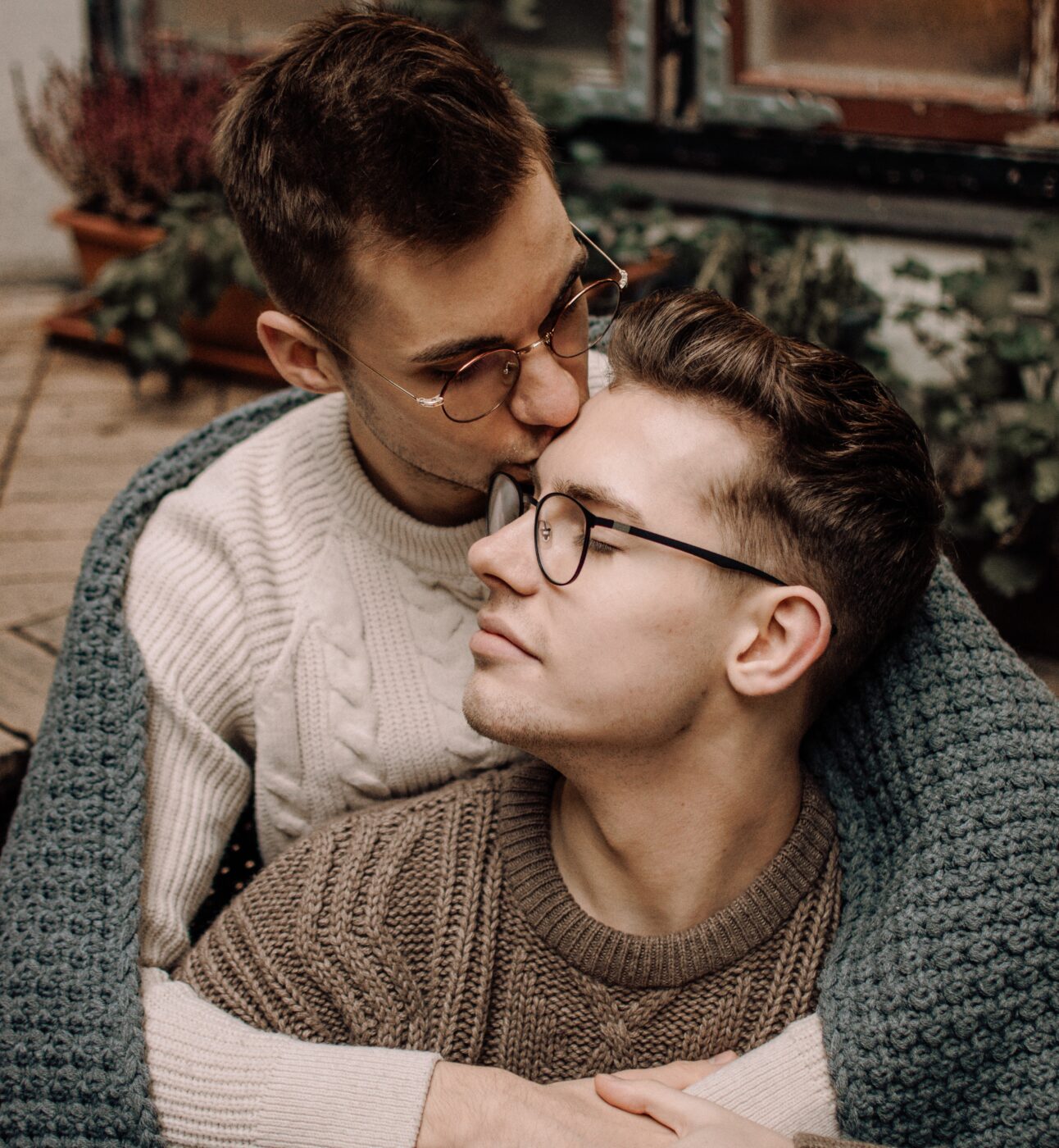
is a social group for anyone in the Southampton area who is bisexual, pansexual or attracted to more than one gender.
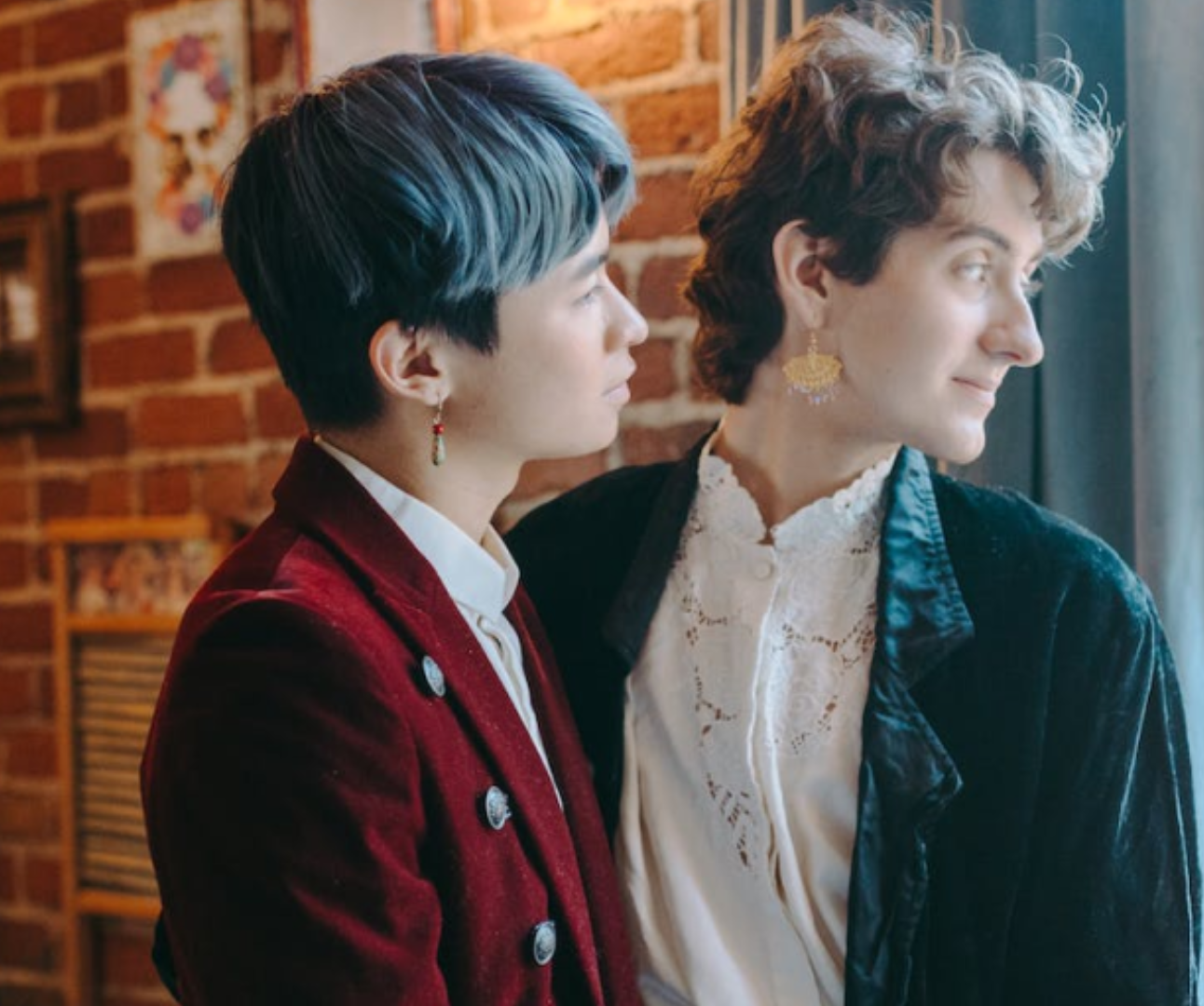
is a relaxed, free and sober meet up group for bi+ and queer people who enjoy crafting. They meet monthly to craft and hang out for a few hours.

is here for anyone who has experienced an anti-LGBT+ hate crime.

offer information and emotional support to the entire LGBTQ+ community across Scotland, including pansexual queer, intersex and asexual people.

offer online mental health support to LGBTQ+ people across the UK.
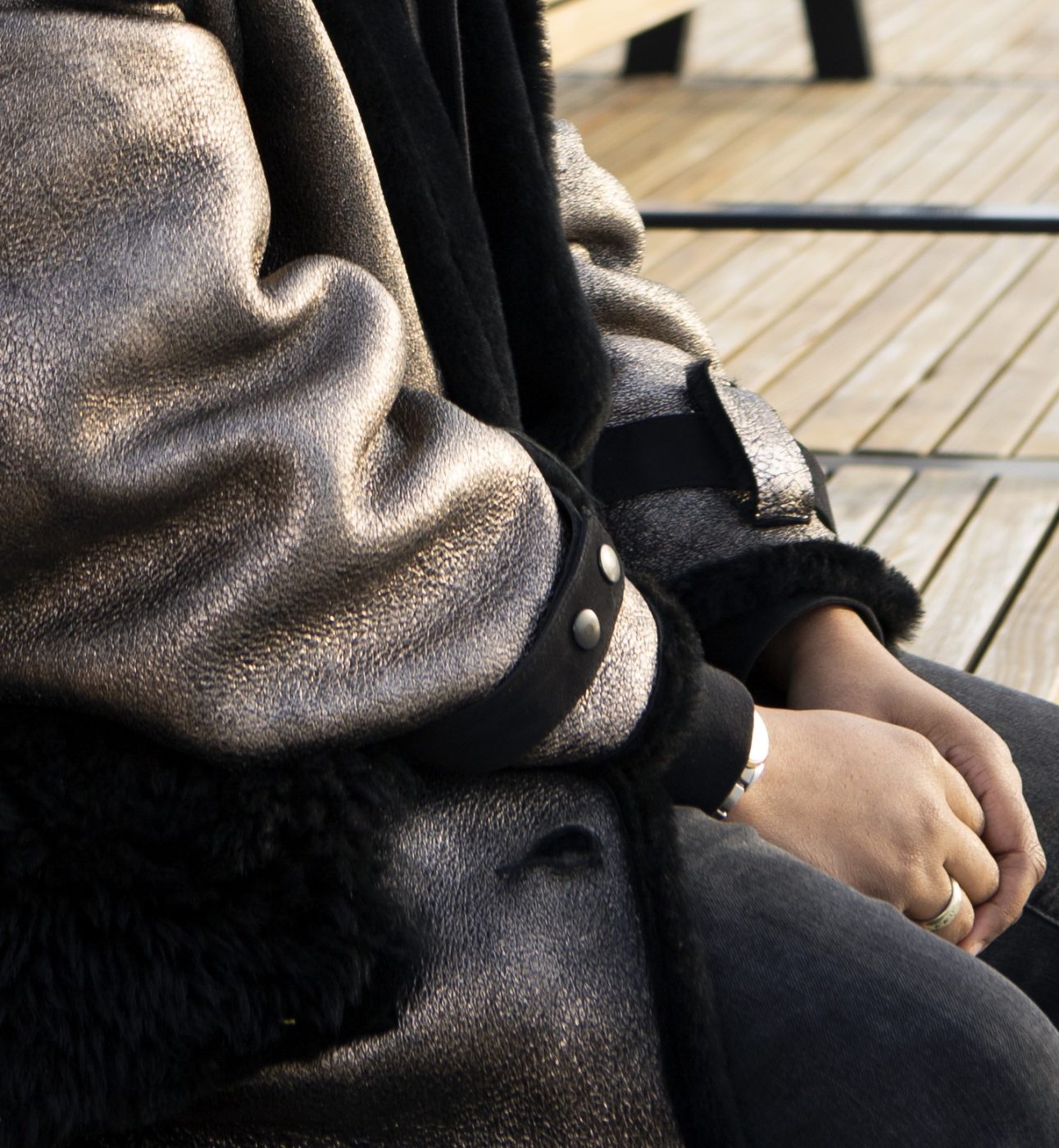
can be contacted on 0800 0119 100 (Open 10:00-22:00 every day) or chat to them online.
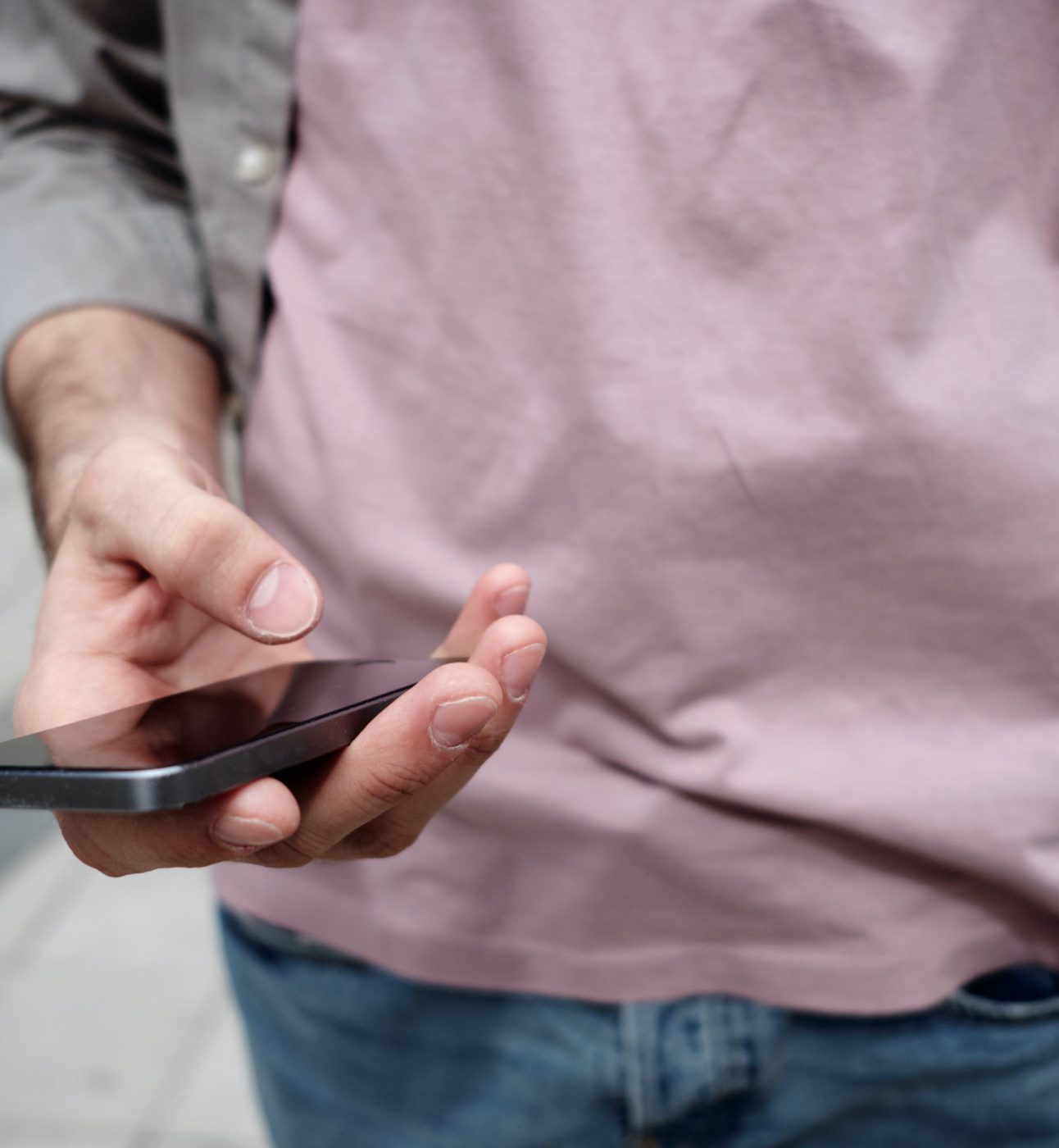
offer mental health support to all trans and gender diverse people. Contact them on 0300 330 5468 (Mondays and Fridays, 8pm-midnight).
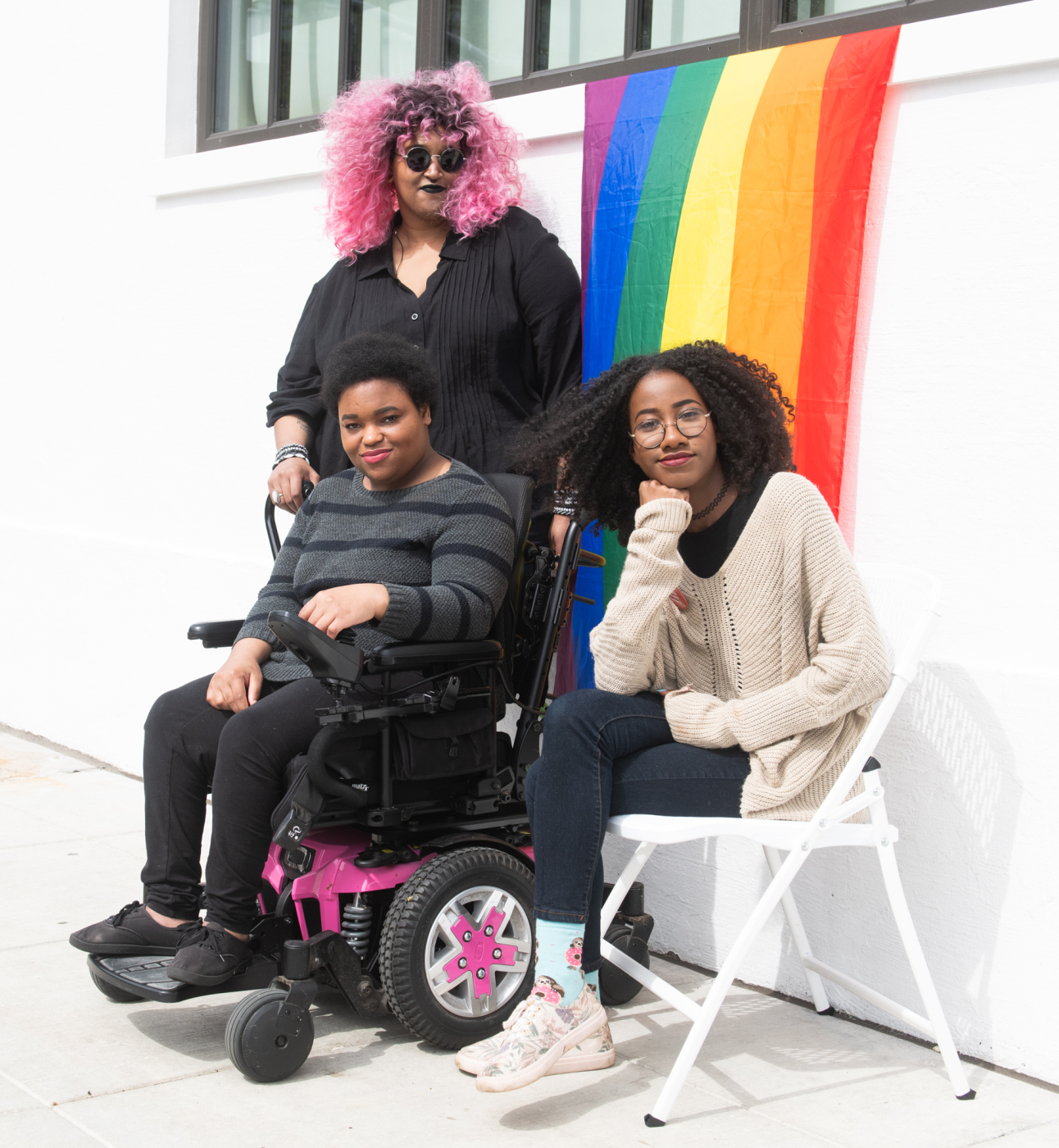
is a free support service for anyone under the age of 25. You can contact them via email at help@themix.org.uk.